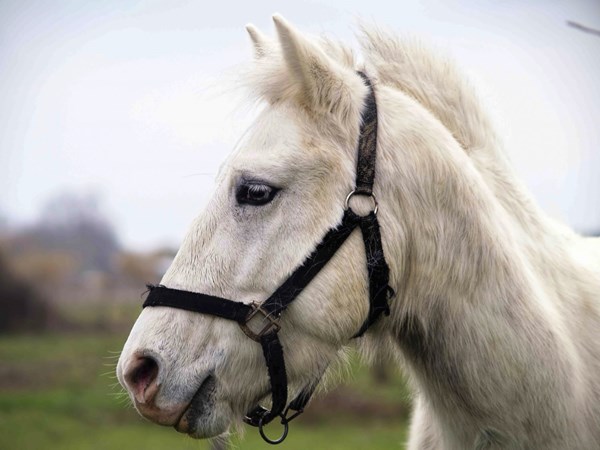 Credit: Thinkstock
Credit: ThinkstockResearchers from the University of Veterinary Medicine in Vienna, Austria, and the Royal School of Veterinary Studies in Edinburgh, UK, examined histopathological changes in the suspensory ligaments of horses with PPID.
Suspensory ligaments from four horses with PPID (ages 17-26 years of age) were compared to seven healthy horses, ranging in age from 4 to 31 years old.
Result: Horses with PPID had significantly reduced longitudinal arrangement of collagen fibers, as well as significant proteoglycan accumulations between suspensory ligament fibers. These symptoms are similar to changes seen after long term high dose corticosteroid treatments.
Implications for Your Horses
Owners of horses with PPID are well aware that the disease can reduce the horse’s immune function, as well as increase the risk of laminitis. But they may not realize that their horse can suffer suspensory ligament degeneration as a result of the long-term exposure to high blood cortisol levels characteristic of the disease. In humans, there is an association between an Achilles tendon rupture and corticosteroid treatment. The same type of problem appears to be the case with horses suffering from PPID.
Consequently, measures should be taken to reduce cortisol production and slow the progression of PPID[ii]. Medication may be used, but good results may also be accomplished by reducing inflammation. Feeding according to the horse’s need to graze on forage continuously, combined with dietary improvements and elevated antioxidants, will make a difference in reducing oxidative stress. This slows inflammatory damage to the dopamine-producing neurons in the brain responsible for starting the cascade of events that lead to excess cortisol production.
One limitation to the study is the small sample size. However, the evidence found leads the researchers to suggest that horses affected by degeneration of the suspensory ligament should be screened for PPID.
Juliet M. Getty, PhD, is an independent equine nutritionist with a wide U.S. and international following. Her research-based approach optimizes equine health by aligning physiology and instincts with correct feeding and nutrition practices. Find a world of useful information for the horseperson at GettyEquineNutrition.com. Sign up for Getty’s informative, free e-newsletter, Forage for Thought; browse her library of reference articles; search her nutrition forum; and purchase recordings of her educational teleseminars. Reach Getty directly at gettyequinenutrition@gmail.com. She is available for private consultations and speaking engagements.
undefinedStudy: Hofberger, S., Gauff, F., and Licka T., 2015. Suspensory ligament degeneration associated with pituitary pars intermedia dysfunction in horses. The Veterinary Journal, 203, 348-350.
[ii]For further discussion, see Equine Cushing’s Disease – Nutritional Management, by Juliet M. Getty, part of the Spotlight on Equine Nutrition series. See http://gettyequinenutrition.biz/TeleSeminars/TeleseminarBooks/SpotlightonEquineNutritionTeleseminarSeries.htm



